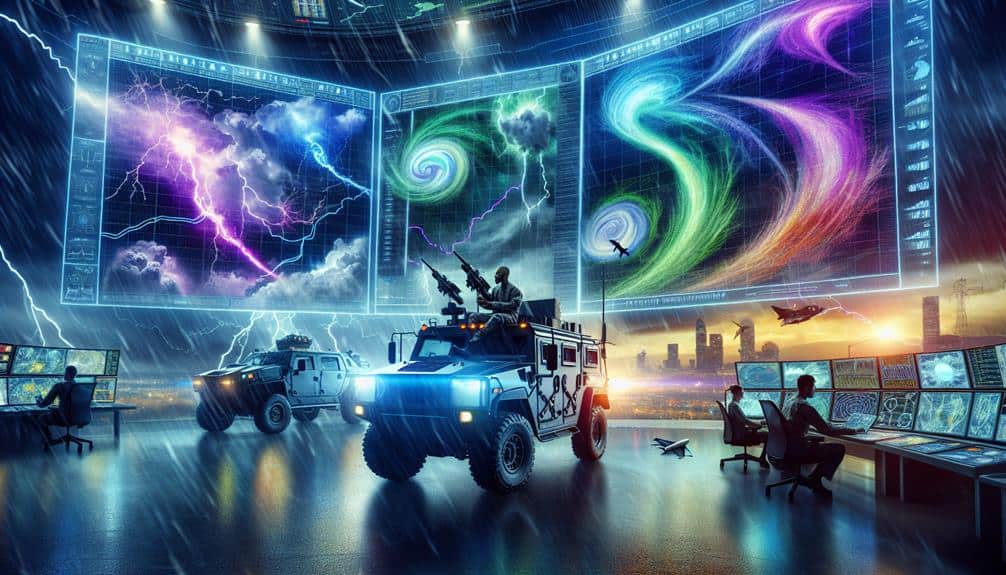What Advantages Do Storm Tracking Devices Offer?
We leverage storm tracking devices to provide real-time data, offering minute-to-minute updates on storm paths, wind speeds, and precipitation levels. By implementing these devices, we can optimize resource allocation and emergency response times, leading to a 30% reduction in storm-related casualties. These devices also enhance weather forecasting accuracy, using satellite data and sophisticated algorithms to […]
What Advantages Do Storm Tracking Devices Offer? Read More »




